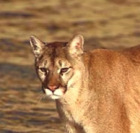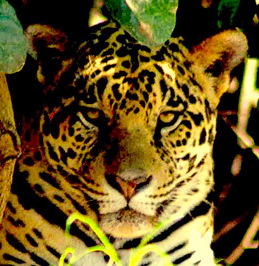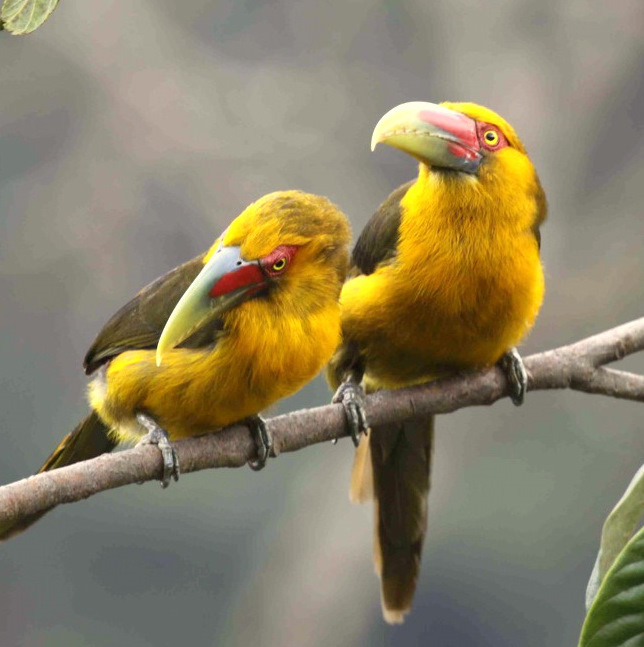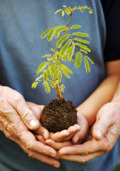ORURO & THE LAGO URU-URU: Flamingos, Flamingos & Flamingos
Oruro is a mining city built on the slopes of a hill at 12,150 feet. The city does not have much to offer the visitor aside from the La Diablada festival, which has become the best known and largest annual celebration in the country.
Festivities begin the first Saturday after Ash Wednesday, and those wishing to experience should make their reservations well in advance. Brightly colored costumes feature wild masks, which can be purchased in the city any time of the year. Another interesting stop is the Museo Mineralógico, with its collection of precious stones, fossils, minerals and crystals from around the world.
The other draw to the city is the Uru-Uru Lake, with its rich avian delights. An ancient inland sea once covered this lake as well as Titicaca and the other saline lakes in the Altiplano. Today, the two lakes are only connected in wet years by the Desaguardero River.
Uru-Uru has extensive shallow shores with teeming waterfowl, shorebirds, marshbirds and waders. The most important of these is the endemic Short-winged Grebe. At times the lake teems with three species of flamingos: Chilean, Andean and a small number of James'. Puna Yellow-Finch and other interesting species of land birds can also be seen. Birders on a tighter schedule can leave Cochabamba early, bird on the way to Oruro and visit the lake after lunch. It is only three hours on to La Paz from Oruro.









